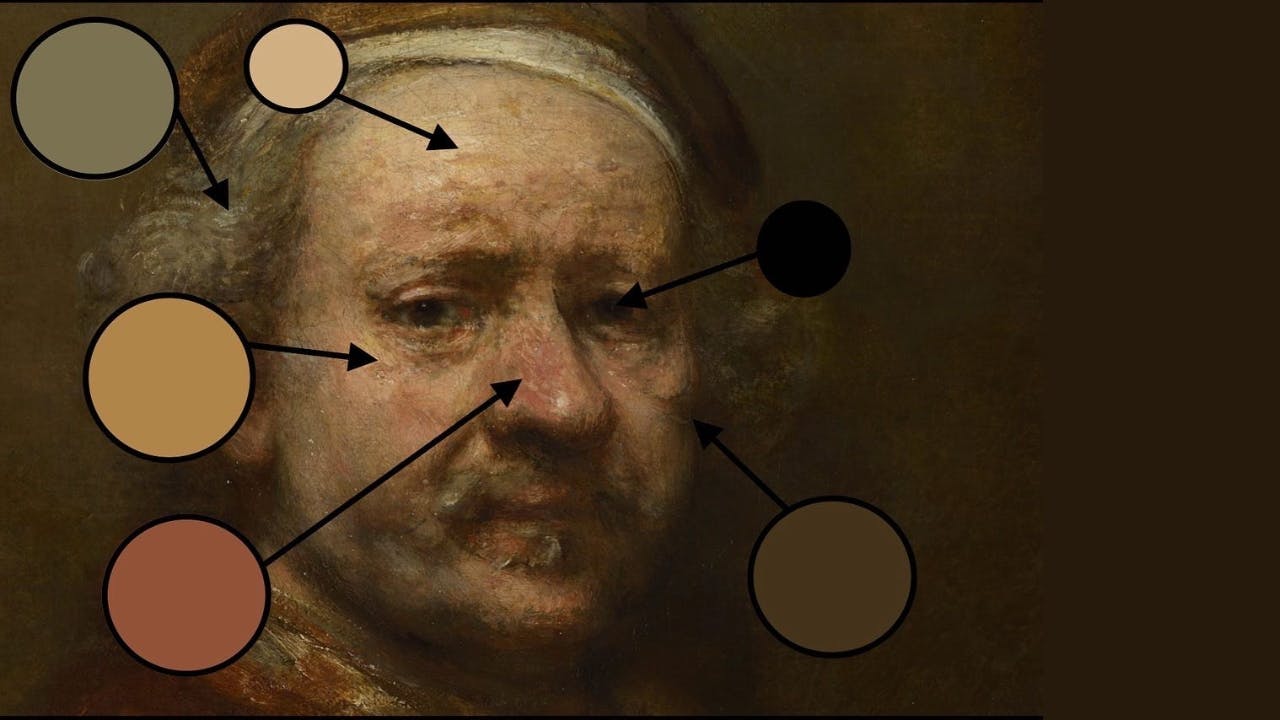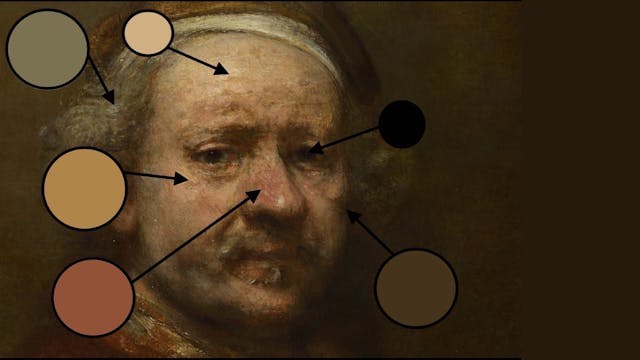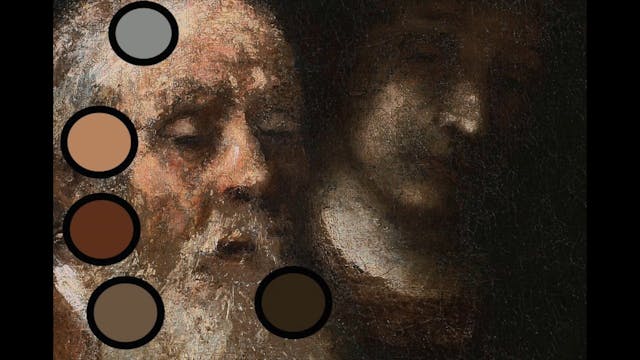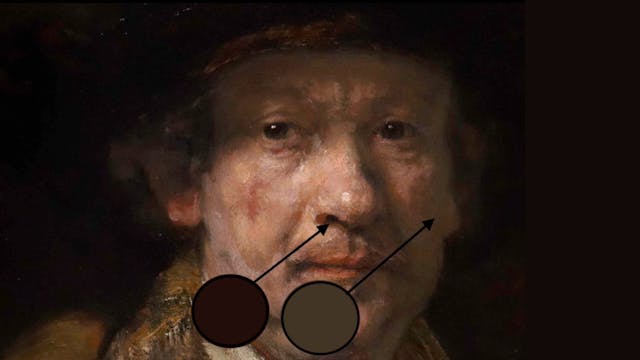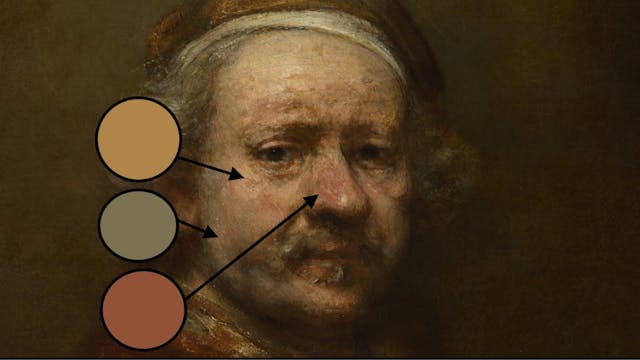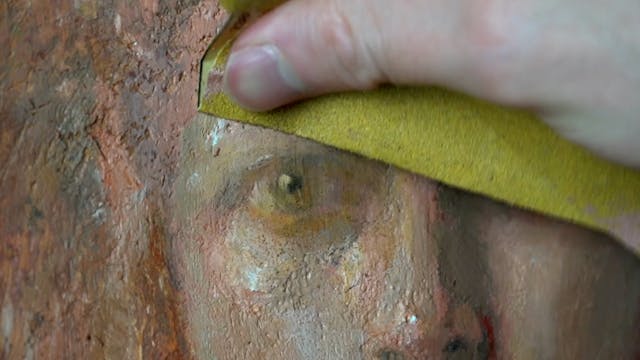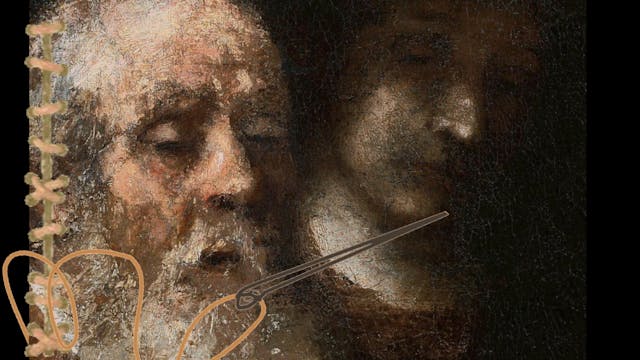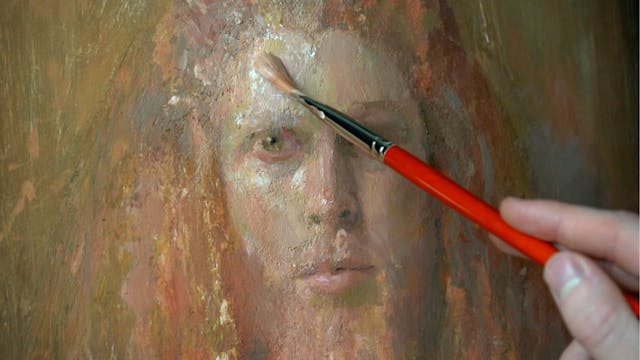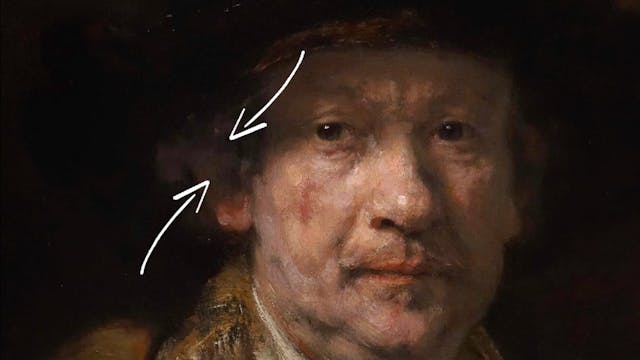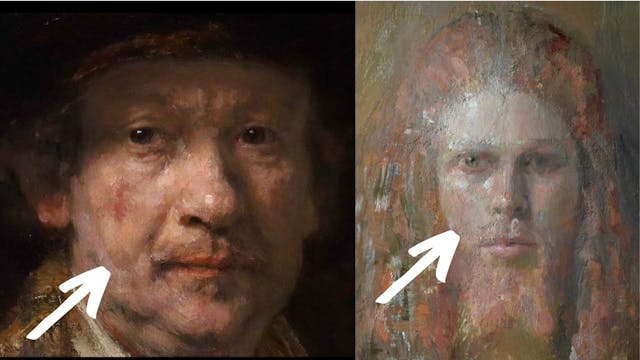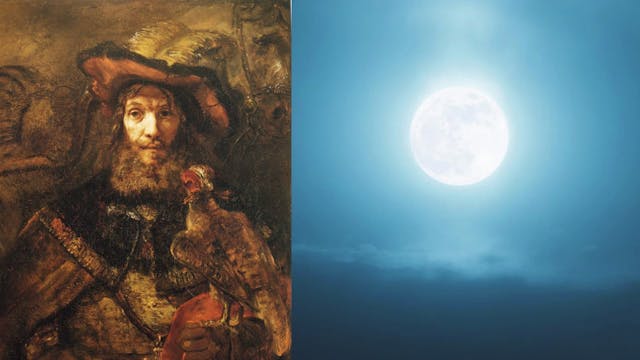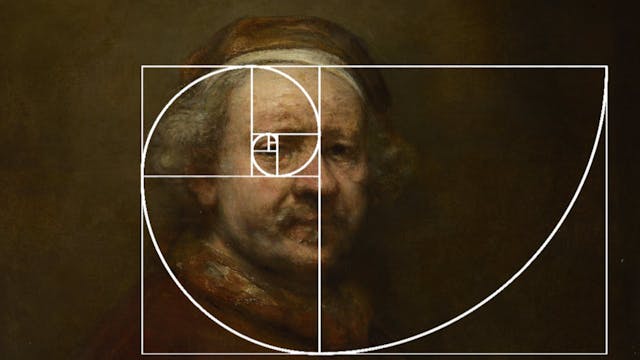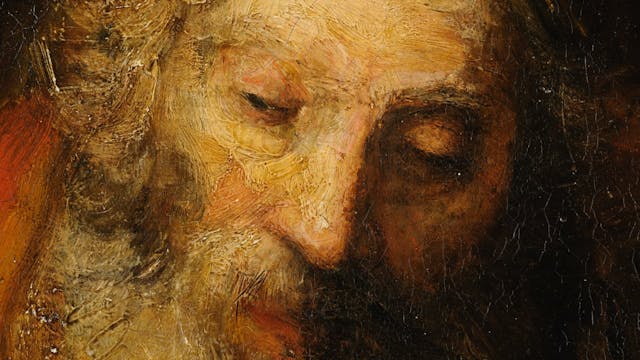Rembrandt Bootcamp
One of the problems a lot of painters face is a lack of direction. They take advice from many different sources: people with different philosophies, different styles, and different goals.. So it’s no surprise they end up with flat results.
That’s why I decided to create a comprehensive course that covers all of the essential principles you NEED to learn if you want to be a great painter.
Rembrandt Bootcamp is broken down into 3 phases that separate Rembrandt as one of the greatest painters: 1- Using the palette to get lively flesh colors, 2- Building the surface to create depth, 3- The effects that look like magic. In each phase I take an in depth look at Rembrandt's paintings to help you identify these core principles, and also demonstrate how to use them in a practical way.
-
Phase 1 part 1: Rembrandt's Palette Simplified
Introduction to Rembrandt's palette. Identifying the colors that he is using in his late great paintings, and how you can replicate them.
-
Phase 1 part 2: Painting With Rembrandt's Simplified Palette
Demonstration of where and how to use these colors in their simplified mixtures.
-
Phase 1 part 3 : Value Structure
-
Phase 1 part 4: Creating Depth With Temperature Based Contrast
-
Phase 2 part 1: Rembrandt's Major Shift Towards Greatness
-
Phase 2 part 2: Sanding Techniques
-
Phase 2 part 3: Stitching and Atmosphere
-
Phase 2 part 4: Impasto & Brushwork
Demonstrating the main impasto and brushwork that can be observed in Rembrandt's greatest paintings.
-
Phase 2 part 5: Edges
Using different types of edges in order to create the visual illusion of depth and 3-dimensionality.
-
Phase 3 part 1: Dare to Compare
The most effective strategy for finding ideal techniques and qualities that are being used and actually implementing them into your own work.
-
Phase 3 part 2: Glow
The ways that Rembrandt tricks the viewer's eye into feeling a greater sense of glow coming from his figures.
-
Phase 3 part 3: Focal Structure
How Rembrandt forces the viewer to look at the focus of the painting and adds dramatic depth by strategically structuring the focus.
-
Phase 3 part 4: Glazing
Glazing techniques for creating additional transparency and manipulating color schemes in a particular way.
